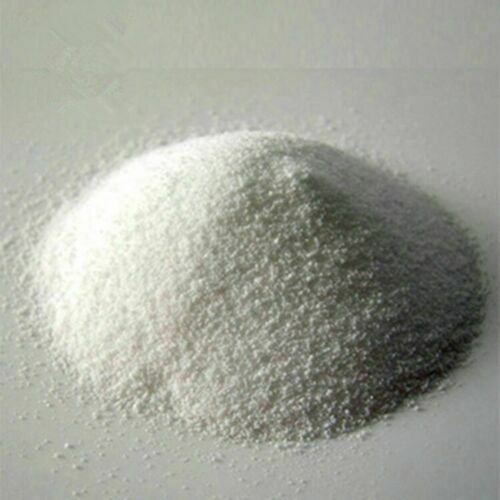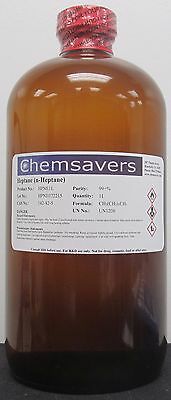-40%
Recombinant Human IL-3 (interleukin 3) 10ug expressed in human cells
$ 26.39
- Description
- Size Guide
Description
Summer PromotionRecombinant Human IL-3
Product Specifications
• Expression of Human Proteins in Human Cells
• Extreme low Endotoxin
• High Purity
• Animal Free and Xeno Free
• Tag Free
Source:
Human cells derived
Structure:
Glycosylated monomer
Purity:
>95% by SDS-PAGE
Endotoxin Level:
<0.5EU/ug
Molecular Weight:
19kDa
Formulation:
Lyophilized from a 0.2μm filtered solution in PBS without carrier protein
Activity Assay
The activity was measured by its ability to stimulate the proliferation of human TF-1 cells (human erythroleukemic indicator cell line).
Reconstitution
Briefly centrifuge the vial before opening. It is recommended to reconstitute the protein in sterile PBS containing at least 0.1% human or bovine serum albumin.
Stability & Storage
Use a manual defrost freezer and avoid repeated freeze-thaw cycles. In general: 12 months from date of receipt, -20 to -80°C as supplied. 1 month, 2 to 8°C under sterile conditions after reconstitution. 3 months, -20 to -80°C under sterile conditions after reconstitution.
Protein Description
Interleukin-3 (IL-3) is belongs to hematopoietic growth factors. It is a secreted protein. IL-3 can improve the body's natural response to disease as part of the immune system. IL-3 stimulates the differentiation of multipotent hematopoietic stem cells into myeloid progenitor cells (as opposed to lymphoid progenitor cells where differentiation is stimulated by IL-7) as well as stimulates proliferation of all cells in the myeloid lineage (erythrocytes, megakaryocytes, granulocytes, monocytes, and dendritic cells) in conjunction with other cytokines, such as EPO, GM-CSF, TPO and IL-6. Additionally, IL-3 aids in embryo implantation and placental development, was found to be decreased both in pregnant women with antiphospholipid syndrome and in animal models of APS. IL-3 also participates in the response of the organism to various types of stress.
References
Yang YC, et al. (1986). Cell 47(1): 3-10.
Martinez-Moczygemba M, et al (2003). J. Allergy Clin. Immunol. 112 (4): 653–65.











